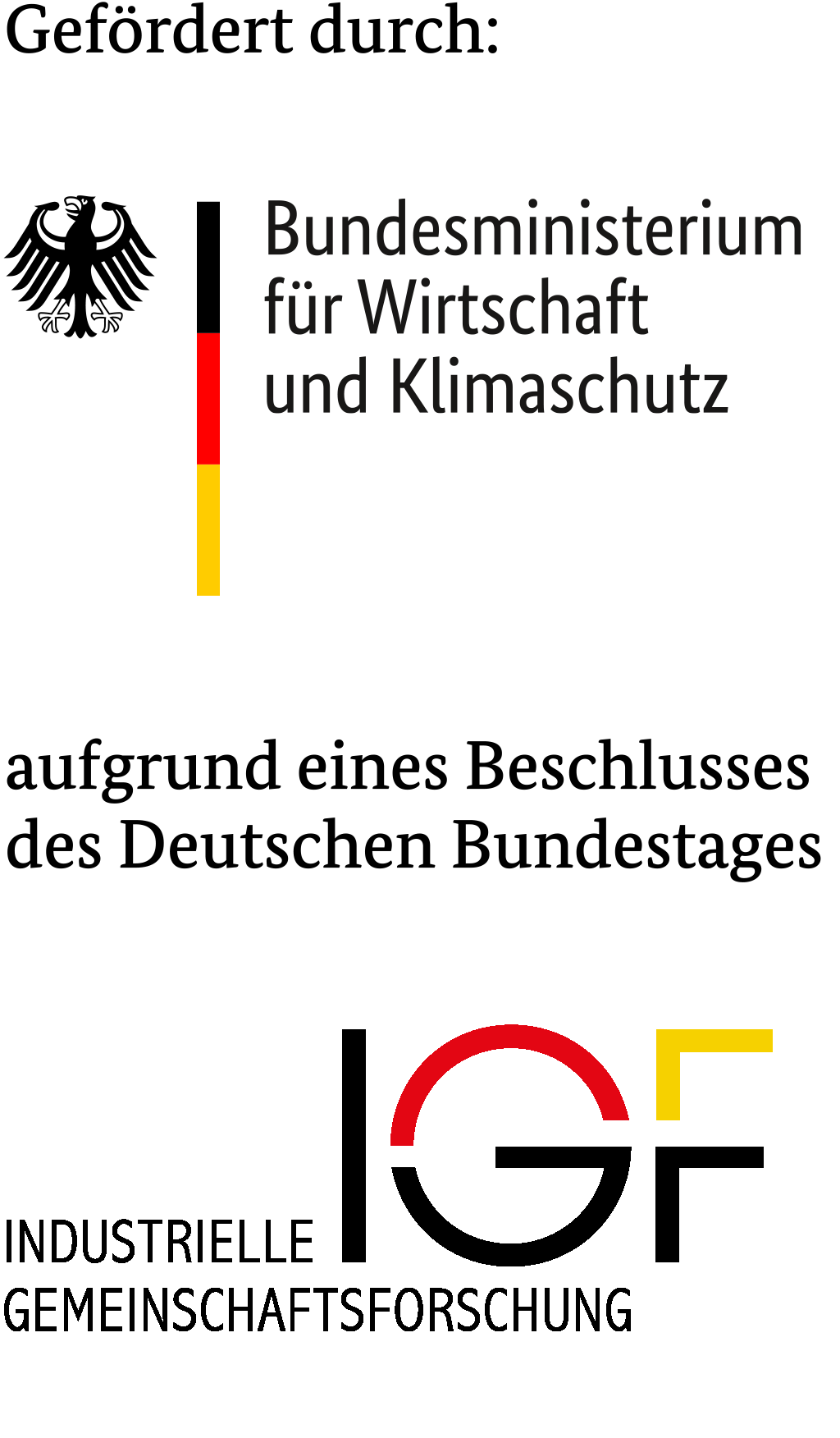Background and aims of the project
The use of clinker-efficient, innovative cements with a low CO₂ footprint is a key component of the cement and concrete industry's decarbonisation strategy. In particular, the combination of the two main cement constituents calcined clay (Q) and limestone (L,LL) alongside Portland cement clinker (K) is very promising in terms of its cement performance, durability properties and CO₂ saving potential.
Existing findings on such cements (e.g. LC3), however, are mostly based on tests on cements with clays with a high metakaolin content (over 40 %), which are generally not available to German cement manufacturers. However, many cement manufacturers and the largely medium-sized clay industry have access to clays that are of inferior ceramotechnical quality but appear to be potentially suitable for cement production. So far, there is a lack of knowledge on how these affect the cement properties. For this reason, this project aims to analyse the influences of
- the clay type and quality (e.g. kaolinite content, phases),
- possible synergies of the main cement constituents,
- the type and quantity of sulphate carrier (depending on the type and quantity of clay),
- the hydration reactions taking place
on the performance of cements and concretes produced with them.
In order to be able to cover a wide composition range and thus achieve a significant expansion of knowledge in this field, methods of statistical test planning and evaluation are used.
The results of this research project should enable cement manufacturers and the clay industry to better assess the influence of clays on the performance of KQL cements. Ultimately, this will enable cement manufacturers to provide the construction industry with more efficient QC cements. In addition, the results of this project will enable cement manufacturers to make important statements about the CO₂ savings to be expected in the production of new cements and their optimisation in terms of performance.
Once the research project has been completed, the mostly medium-sized German concrete manufacturers will be able to better assess the performance of these clinker-efficient cements, which are not yet available on the market. This is of great importance, as concrete manufacturers are increasingly being asked for high-performance concretes and precast concrete parts with ever lower CO₂ footprints for ecological and economic reasons. In addition, the results enable concrete manufacturers to better adapt their concrete technology (in terms of workability, curing, durability) to the KQL cements.

